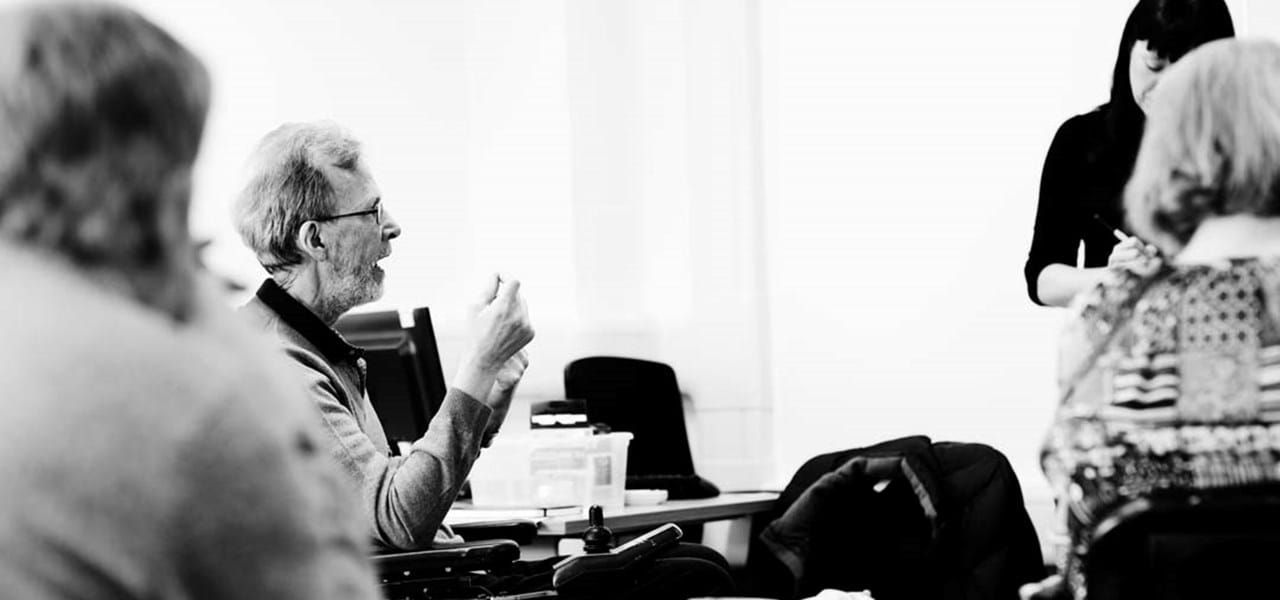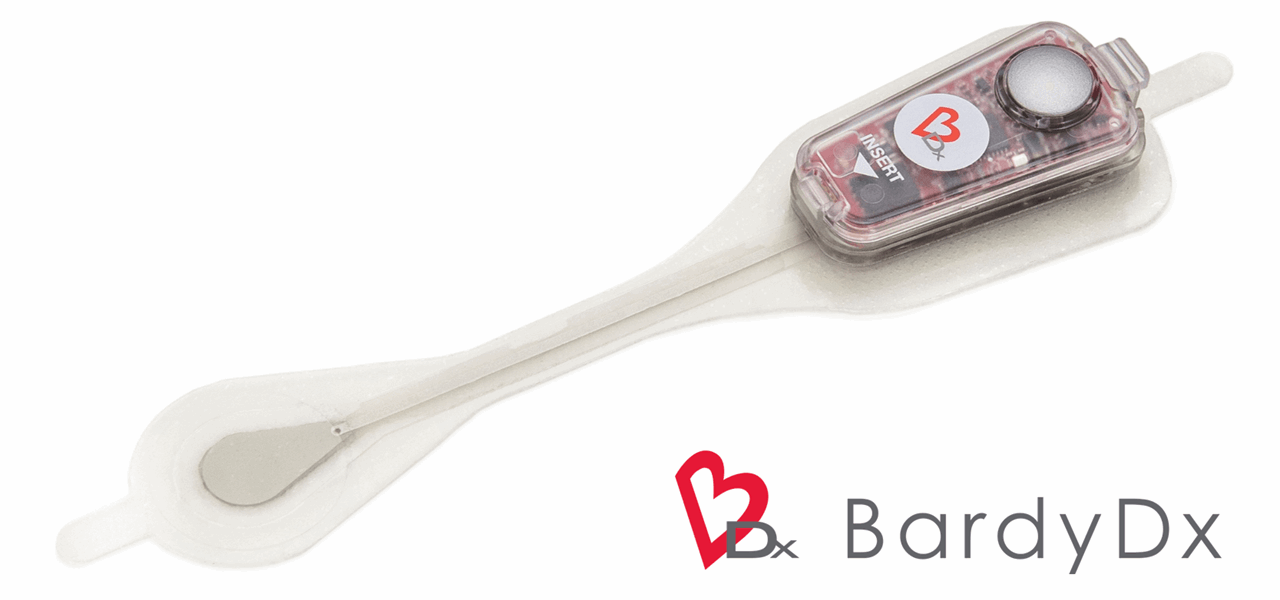Atrial Fibrillation
Mapping the Experience of Atrial Fibrillation (AF) Screening in Secondary Care to Support the Introduction of New Digital Monitoring Technologies.
Mapping the Experience of Atrial Fibrillation (AF) Screening in Secondary Care to Support the Introduction of New Digital Monitoring Technologies.
The Atrial Fibrillation (AF) project is a collaboration between the DHI, NHS Lanarkshire, the University of Strathclyde, Napier University, and industry partner, Bardy, to investigate the use of a continuous monitoring device to detect paroxysmal (or intermittent) AF.
The purpose of this project was to identify and utilise digital technologies to help reduce the likelihood or recurrence of stroke and to support new national stroke standards in an efficient and effective way. This was achieved using co-design methodology to establish the current state and a potential future state of the service incorporating a digital device. Implementation of this future state was then carried out and evaluated, with a particular focus on the experience of patients and health professionals. A robust evaluation report was produced which considered the barriers and enablers to deploying and using a digital device to support the new stroke standards, at scale.
Image credit: Louise Mather

Please allow a moment for the content to load.
The AF project is an outstanding exemplar of cross-institutional working which has potential to help meet the new stroke standards for long term monitoring set out in the CPWG report and to reshape patient experience and AF care in Scotland

• The Bardy DX ECG Ambulatory Monitoring device was deployed in the service and trialled with 60 patients. This process was thoroughly evaluated in terms of the barriers and enablers to implementing such a device;
• The service evaluation produced a report "Process Evaluation for Technology Enabled Atrial Fibrillation Screening after a Stroke in Scotland" which includes a Current State Map; a New Service Map; a Market Review and Literature Review Report; Healthcare Professionals and Patient Stories and Cost Analysis; Evaluation and Adoption at Scale Recommendations; and a Checklist for service managers, clinicians and policy makers to consider in the wider implementation of this ‘future state’ of the service;
• To support the Service Innovation work, a series of in-depth interviews with healthcare staff were carried out using a bespoke visual mapping tool, exploring the current context surrounding care for people screened for AF following a stroke. Following implementation, the experiences of healthcare professionals and patients were captured and the insights were used to produce a detailed Interactive Pathway (the future state) with an overview of challenges and opportunities, which has been published as part of the final report.
The DHI Engagement Team is leading a range of dissemination activity and has been invited to join the National Planning Group for AF. This group has identified a need to build a standardised pathway and service around post-stroke rhythm monitoring for AF and has agreed a sub-group will be formed to explore this requirement in more detail. In doing so DHI is helping support the national group and sub-group to scope the options digital technology may offer in developing standardised pathways and services nationally.
This will also involve partnership working with Healthcare Improvement Scotland and NHS National Services Scotland’s national procurement to consider devices which health boards could buy, depending on patient type and geographical/service needs. The DHI team will assist in this process using digital engagement methodologies to ensure national representation and participation is achieved from 14 Health Boards. Outputs from this engagement will contribute to inform a larger stroke programme for government, building a pipeline of innovation.
This work will inform the National Advisory Committees for both Heart Disease and Stroke to consider scale and national adoption and supports the findings of the Cross-Party Working Group (CPWG) inquiry into AF in Scotland led by the British Heart Foundation.